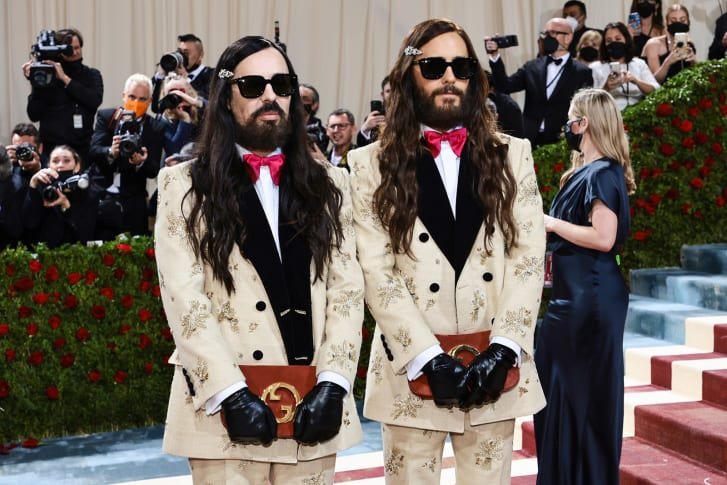I’m back to explore some considerations on the “transformation of fashion” over the past 25 years. In the last blog, I discussed the cycle of Gucci from the arrival of Tom Ford to the exit of Alessandro Michele. Now, I am considering what the future of Gucci could be.
It is quite bizarre to now read an article by Reuters with the headline “Out of fashion, Gucci faces the daunting task of replacing top designer”. Is Gucci really out of fashion? Why does it matter? The past few years have been somewhat turbulent, to say the least. Humanity has become really quite polarised. We face real-life problems with protests, war, many displaced people, and cost of living crises, and yet we’re still talking about selling more fashion and how quickly Gucci has become outdated.
Don’t get me wrong; I am not criticising Gucci or the Fashion world. However, I am asking questions about how we can create a world of Fashion which is not polarising and is a force for good for the world and the lives of the people involved. As someone who has been involved in Fashion for over 30 years, I have seen many changes in the industry. Sadly the “transformation of fashion” in the past 25 years has made it both more accessible and even more polarising. The accessibility has made fashion available at a lower cost, but the polarisation has meant that the bottom of the Supply Chain has been severely impacted.
Let’s explore “polarisation”—the definition in the Merriam-Webster dictionary is: “division into two sharply distinct opposites, especially: a state in which opinions, beliefs or interests of a group or society no longer range along a continuum but become concentrated at opposing extremes”.
How is this playing out in Fashion right now?
Gucci is considering how to further increase sales by finding a new Designer.
Garment workers have become unable to feed themselves. BOF article “How can we live. For Garment Workers, it is worse than the pandemic.”
Influencers are showing several outfits a day—both in the luxury sector and fast fashion.
Cost of living crises in many countries.
Fashion always reflects life; here is another example: Fashion reflects life as lived now. If this is true, how can we create Fashion to reflect the life we want to live?
As an idealist, I would love a world where we create beauty, magic, love and abundance.
What would that look like for fashion?
There would be a lot less made and wasted.
Circularity would be taken on as a problem to be solved for the benefit of everyone.
We deal with the issues around workers’ rights, wages and security.
The beauty of fashion is to be celebrated at all levels through a sense of collaboration and leaving a legacy.
Finally, Gucci would lead the way in upcycling and keep that sense of magic that Alessandro Michele so beautifully gave us.
Another thought to ponder…
Have we made ourselves “crazy for buying Fashion and Luxury Goods” as a way of distracting ourselves from the realities of life?
Love to all
Kate Padget-Koh







